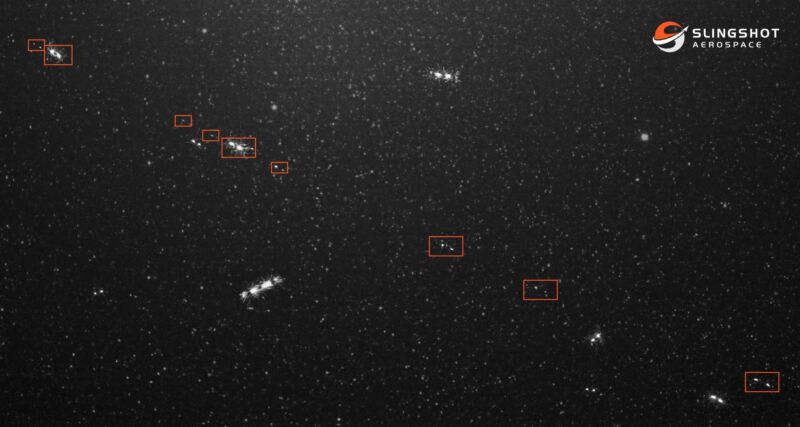China’s Long March 6A rocket is making a mess in low-Earth orbit

Enlarge / Debris from the upper stage of China's Long March 6A rocket captured from the ground by Slingshot Aerospace. (credit: Slingshot Aerospace)
The upper stage from a Chinese rocket that launched a batch of Internet satellites Tuesday has broken apart in space, creating a debris field of at least 700 objects in one of the most heavily-trafficked zones in low-Earth orbit.
US Space Command, which tracks objects in orbit with a network of radars and optical sensors, confirmed the rocket breakup Thursday. Space Command initially said the event created more than 300 pieces of trackable debris. The military's ground-based radars are capable of tracking objects larger than 10 centimeters (4 inches).
Later Thursday, LeoLabs, a commercial space situational awareness company, said its radars detected at least 700 objects attributed to the Chinese rocket. The number of debris fragments could rise to more than 900, LeoLabs said.
